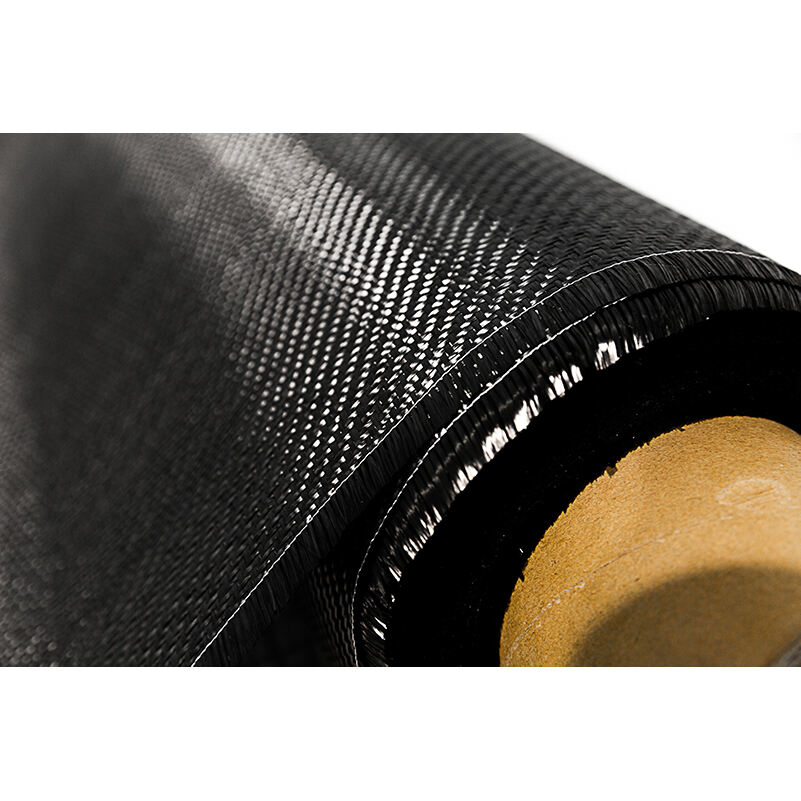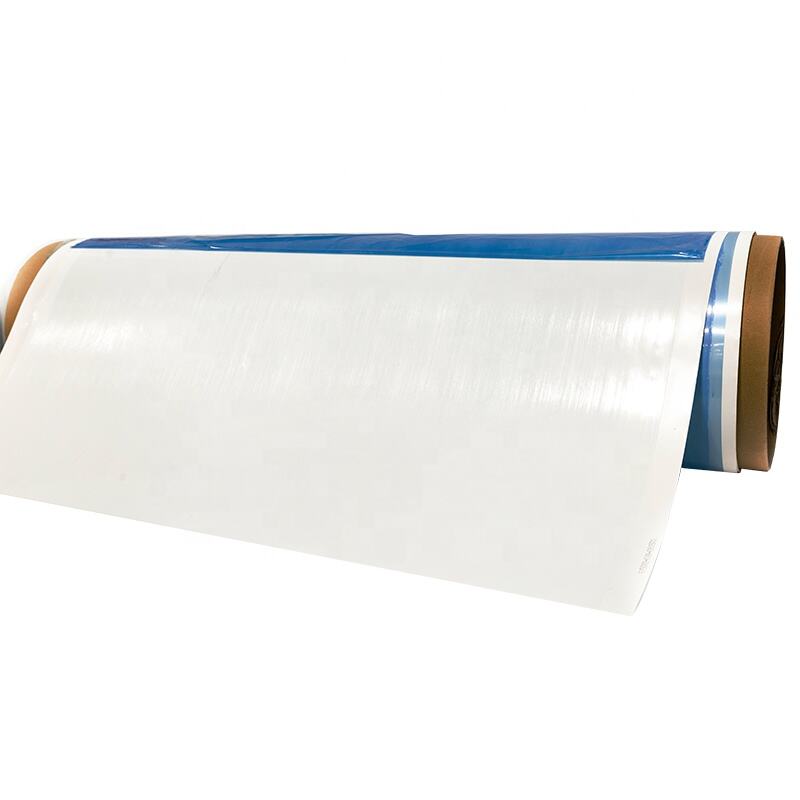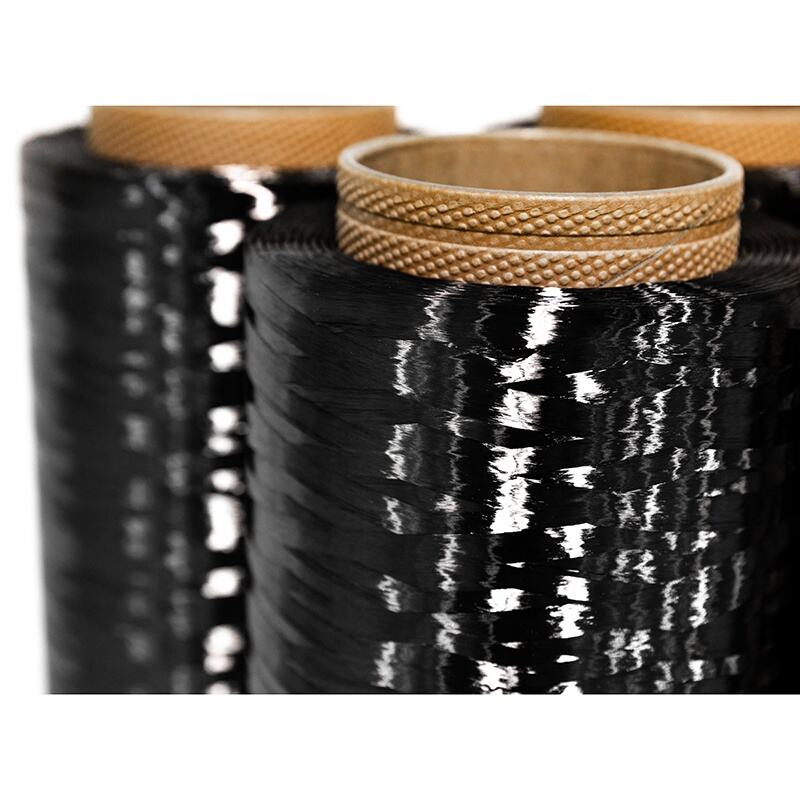prepreg material
Prepreg material represents a groundbreaking advancement in composite manufacturing, consisting of fiber reinforcements pre-impregnated with a thermosetting resin system. This sophisticated material combines the structural strength of fibers with the bonding capabilities of resins in a ready-to-use format. The manufacturing process involves precise control of fiber-to-resin ratios, ensuring consistent quality and performance across every batch. Prepregs are engineered to maintain stability during storage and handling while offering exceptional mechanical properties in final applications. The material's versatility allows it to be shaped into complex geometries while maintaining structural integrity. Common fiber types used include carbon, glass, and aramid, each offering specific performance characteristics. The resin systems are carefully formulated to provide optimal curing conditions and final properties. Prepregs typically require controlled storage conditions, usually at low temperatures, to prevent premature curing. During application, they can be processed using various methods including autoclave curing, vacuum bagging, or press molding. The material's ability to deliver consistent results makes it particularly valuable in industries where precision and reliability are paramount, such as aerospace, automotive, and sporting goods manufacturing.


